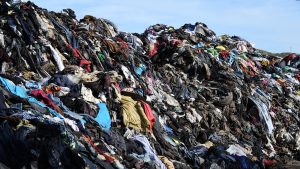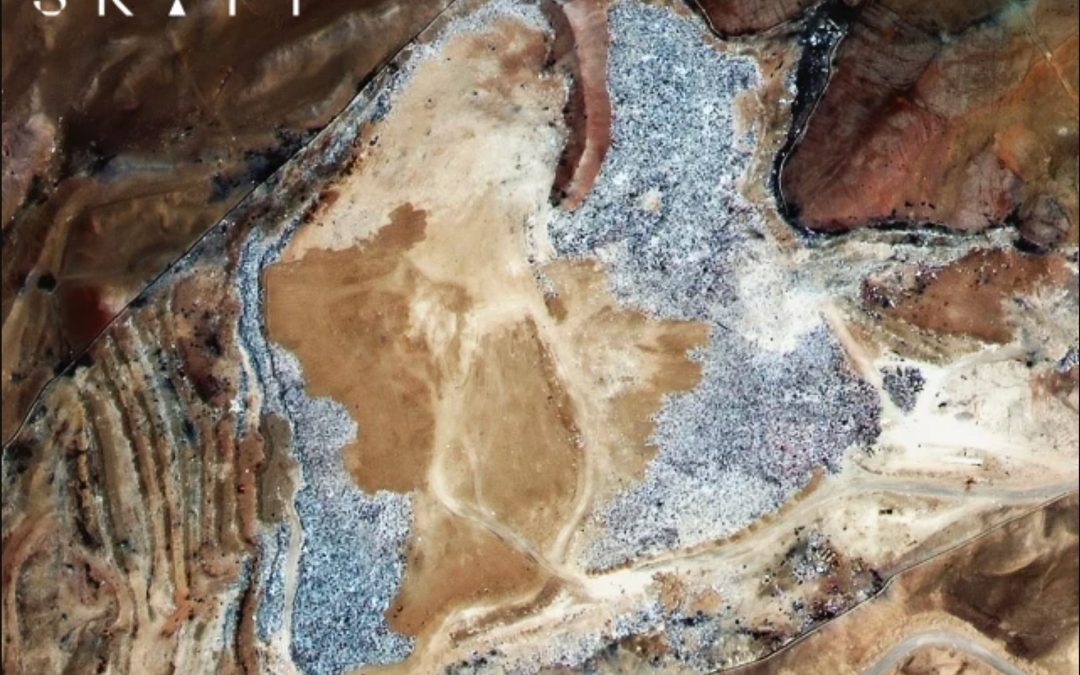Everything you buy makes everything you own less valuable.
I read somewhere that if you pack your clothes tightly the wrinkles get squished out of them. There are no wrinkles in our closet. Well, in my half anyway. My husband doesn’t have the problem as he just sticks to a limited number of the basic manly stuff: golf shirts, shorts and pants. We share a moderate-size clothes closet. It is 36 square feet of packed space that includes golf clubs (my husband’s side) and an ironing board (my side) (no joy on my side). But I digress….
It is nice to be wrinkle-free, but it’s become a bit tricky to ease out a shirt or pants without collapsing under a pile of items that fall out with it. I’ve been at war with my closet so many times that I thought of devising a new plan that goes something like this: if I succumb to temptation and purchase something new, I will make myself choose something from the wardrobe to give away.
Alas, the theory has an inherent weakness. I’d still be stuck with a lot of clothes. A better idea would be a combination of the latter with the addition of a serious cull, keeping half the items. I am weak. This may not happen, but I do think the idea is a good one.
I heard that in Africa, folks call the shirts that turn up to be donated by well-meaning aid agencies, dead-guy shirts, because they can’t believe that anyone alive would part with them. When I was in the Bolivian jungle many years ago, I took a photo of a young Bolivian sporting a volleyball shirt from our daughter’s school team in Alberta. Our kids were amazed. So was I. Until we stop buying stuff, we will eventually become buried under it. When does this need for new stuff end? I know at least where some of it ends. Chile.
The Atacama Desert in Chile is home to the world’s largest textile landfill where, according to the Waste 360 website, 44 million tons of clothing from the U.S., Europe and Asia are dumped each year. There is so much there that the miles of those piles can be seen from space. More shocking is the fact that only 15% is recycled clothing. 85% of the clothing has never been worn.
There is a slow fashion movement I found when researching this blog that advocates to the consumer to slow down, choose consciously and connect with your clothes. I’m pretty sure that connection doesn’t mean being clobbered by a falling armload of them. Is it possible to be satisfied with less?
When our teens started growing, I don’t think we ever saw their faces, just their backsides going into the fridge. Trying to keep them clothed when they would outgrow a pair of shoes or pants in a season threatened to break the bank. My solution was to take them to a place called Value Village to shop. We called it Valoo Vee-laj to make it sound upscale. To encourage any reticent teens, I would give them each $20 and tell them they could choose whatever they wanted for the ensuing year. The power of the purse worked. It was surprising what treasure they found in those racks. The variety was so impressive that I usually walked away with a few things myself.
Our younger children’s treasures were often more eclectic. The discarded Halloween bumblebee costumes they found had them buzzing around the house for a few days. The barbie tights and Darth Vader shirt were worn day and night. They loved them because they chose them, not mom. Attachment to our choices in life begins early.
I note that these days the trend to wear the latest fashion with the logo of the year stuck upon it is still popular. Can we be an example for our children and take a second look at how our earth is buckling under the weight of tons of stuff, stop the uncontrolled shopping and when our clothing finally wears out, choose treasure from own local Valoo Vee-laj? Starting with each one of us, perhaps we can teach this generation of consumers how to live peacefully with our planet. And with our closets. I vow to start with mine.




